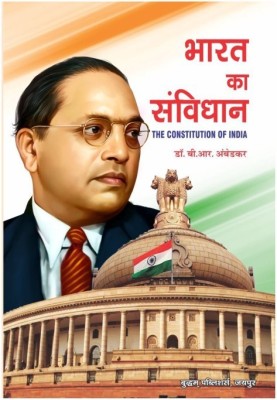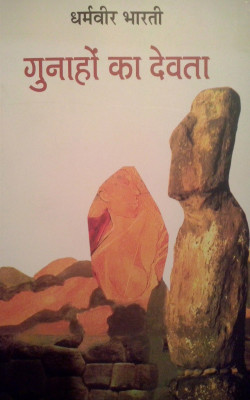
Golwalkar (English, Hardcover, Jha Dhirendra K.)
Share
Golwalkar (English, Hardcover, Jha Dhirendra K.)
4
4 Ratings & 0 Reviews₹707
₹899
21% off
Coupons for you
T&C
Available offers
T&C
T&C
T&C
Delivery
Check
Enter pincode
Delivery by24 Jul, Thursday
?
if ordered before 9:59 PM
View Details
Highlights
- Language: English
- Binding: Hardcover
- Publisher: Simon & Schuster Publishers India Pvt Ltd
- Genre: Biography & Autobiography
- ISBN: 9788197949234, 8197949234
- Edition: 2024
- Pages: 416
Services
- Cash on Delivery available?
Seller
Description
Madhav Sadashiv Golwalkar, or Guruji as he is reverentially referred to by his
followers, is regarded as the demi-god of Hindutva politics and often accorded a
status higher than even the founder of the Rashtriya Swayamsevak Sangh, K. B.
Hedgewar.
In 1940, when 34-year-old Golwalkar unexpectedly assumed charge of the RSS
on Hedgewar’s death, the Hindu militia was still in its nascent stage, with pockets
of influence mainly in Maharashtra. Under Golwalkar’s leadership over the next
three decades, the RSS and its allied organizations, known as the Sangh Parivar,
extended its network across the entire country and penetrated almost every aspect
of Indian society.
Golwalkar’s ideological influence was enormous—and it did not end with his
death. Golwalkar’s prescriptions in his incendiary book We or Our Nationhood
Defined, published in 1939, now became central to the ideological training and
radicalization of youth dedicated to the idea of a Hindu Rashtra. Here, Golwalkar
prescribed a solution to India’s ‘minority problem’ based on the Nazi treatment of
Jews in the Third Reich. As Dhirendra K. Jha conclusively establishes in this
book, this would eventually provide the core of the Sangh’s credo and, as events
in the recent past have borne out, have a lasting influence on Indian politics.
Drawing from a wealth of original archival material and interviews, the deeply
researched and scholarly Golwalkar: The Myth Behind the Man, the Man Behind
the Machine pierces through the many legends built around the man in the
biographies written by his loyalists during his own lifetime. Jha traces
Golwalkar’s path from a directionless youth to a demagogue who plotted to
capture political power by countering the secularist vision of nationalist leaders
from Nehru to Gandhi. Ambitious, insecure, tactical and secretive—Jha draws a
compelling and sinister portrait of one of the most prominent Hindutva leaders,
and of the RSS and its worldview that evolved under him.
Read More
Specifications
Book Details
| Imprint |
|
| Publication Year |
|
Contributors
| Author Info |
|
Ratings & Reviews
4
★
4 Ratings &
0 Reviews
- 5★
- 4★
- 3★
- 2★
- 1★
- 1
- 2
- 1
- 0
- 0
Have you used this product? Be the first to review!
Be the first to ask about this product
Safe and Secure Payments.Easy returns.100% Authentic products.
Back to top






